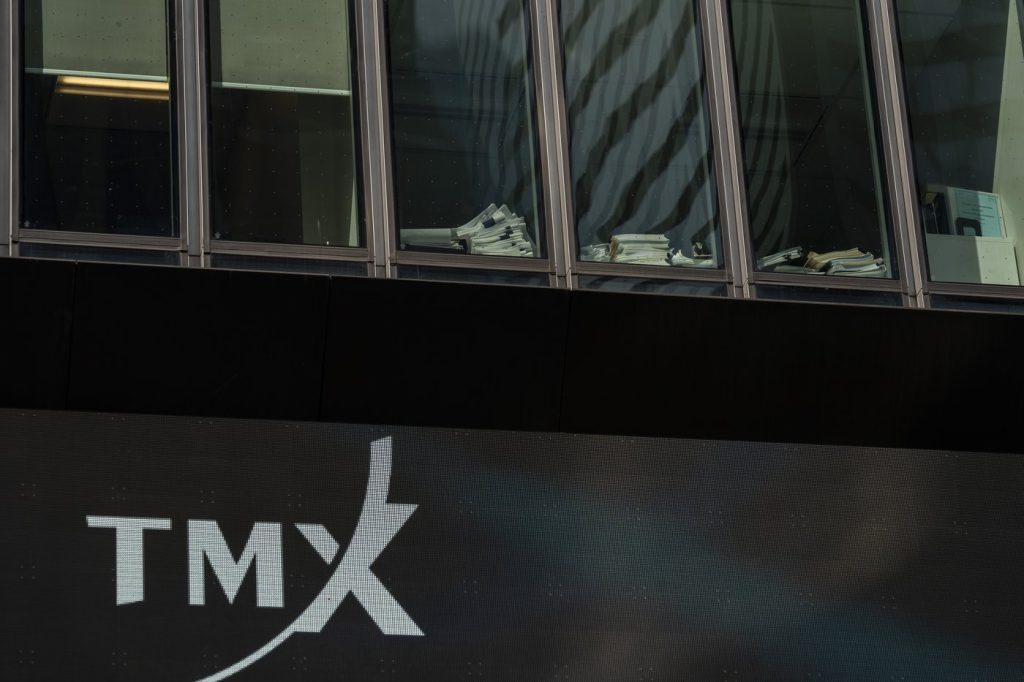In an interesting market scenario, the strength of technology stocks was instrumental in boosting Canada's main stock index in late-morning trading on January 8, 2025. The S&P/TSX composite index, a benchmark of the Canadian stock market, saw an increase of 25.66 points, reaching a notable level of 24,955.55.
Conversely, U.S. stock markets experienced a downturn during the same trading session. The Dow Jones Industrial Average dipped by 21.42 points, landing at 42,506.94. Similarly, the S&P 500 index saw a minor decline of 2.36 points, settling at 5,906.67, while the Nasdaq composite faced a larger drop of 25.20 points, coming in at 19,464.48.
The performance of the Canadian dollar also reflected market dynamics, trading at 69.51 cents against the U.S. dollar. This marks a decrease from its previous value of 69.74 cents in the preceding trading session on Tuesday.
Alongside the fluctuations in stock indices, commodities were mixed. The February crude oil contract experienced a decline of 54 cents, which brought its price down to US$73.71 per barrel. On a more positive note, the February natural gas contract saw an increase, climbing by 17 cents to reach US$3.62 per mmBTU.
In the precious metals market, the February gold contract witnessed a notable rise, gaining US$14.10 and reaching a value of US$2,679.50 per ounce. The March copper contract also displayed upward momentum, increasing by five cents to settle at US$4.24 per pound.
This analysis highlights the contrasting trends in the Canadian and U.S. markets, with technology stocks in Canada providing a boost to the stock index, while U.S. indices faced losses. The currency exchange rate and commodity prices further underscore the complexities of the financial landscape as of early January 2025.
The report serves as a snapshot of market conditions, illustrating the interplay between different sectors and currencies in a rapidly evolving economic environment.










